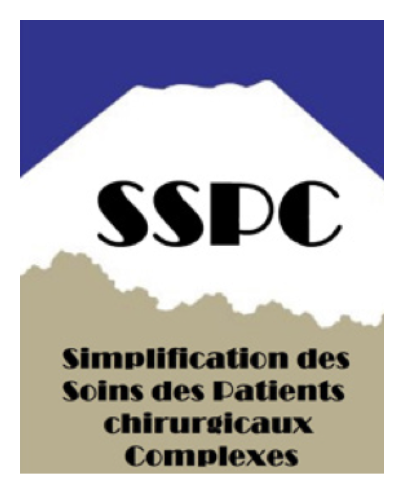The combination of kidney function variables with cell cycle arrest biomarkers identifies distinct subphenotypes of sepsis-associated acute kidney injury: a post-hoc analysis (the PHENAKI study)
Résumé
Background: The severity and course of sepsis-associated acute kidney injury (SA-AKI) are correlated with the mortality rate. Early detection of SA-AKI subphenotypes might facilitate the rapid provision of individualized care.
Patients and methods: In this post-hoc analysis of a multicenter prospective study, we combined conventional kidney function variables with serial measurements of urine (tissue inhibitor of metalloproteinase-2 [TIMP-2])* (insulin-like growth factor-binding protein [IGFBP7]) at 0, 6, 12, and 24 h) and then using an unsupervised hierarchical clustering of principal components (HCPC) approach to identify different phenotypes of SA-AKI. We then compared the subphenotypes with regard to a composite outcome of in-hospital death or the initiation of renal replacement therapy (RRT).
Results: We included 184 patients presenting SA-AKI within 6 h of the initiation of catecholamines. Three distinct subphenotypes were identified: subphenotype A (99 patients) was characterized by a normal urine output (UO), a low SCr and a low [TIMP-2]*[IGFBP7] level; subphenotype B (74 patients) was characterized by existing chronic kidney disease (CKD), a higher SCr, a low UO, and an intermediate [TIMP-2]*[IGFBP7] level; and subphenotype C was characterized by very low UO, a very high [TIMP-2]*[IGFBP7] level, and an intermediate SCr level. With subphenotype A as the reference, the adjusted hazard ratio (aHR) [95%CI] for the composite outcome was 3.77 [1.92-7.42] (p < 0.001) for subphenotype B and 4.80 [1.67-13.82] (p = 0.004) for subphenotype C.
Conclusions: Combining conventional kidney function variables with urine measurements of [TIMP-2]*[IGFBP7] might help to identify distinct SA-AKI subphenotypes with different short-term courses and survival rates.
| Origine | Fichiers produits par l'(les) auteur(s) |
|---|

